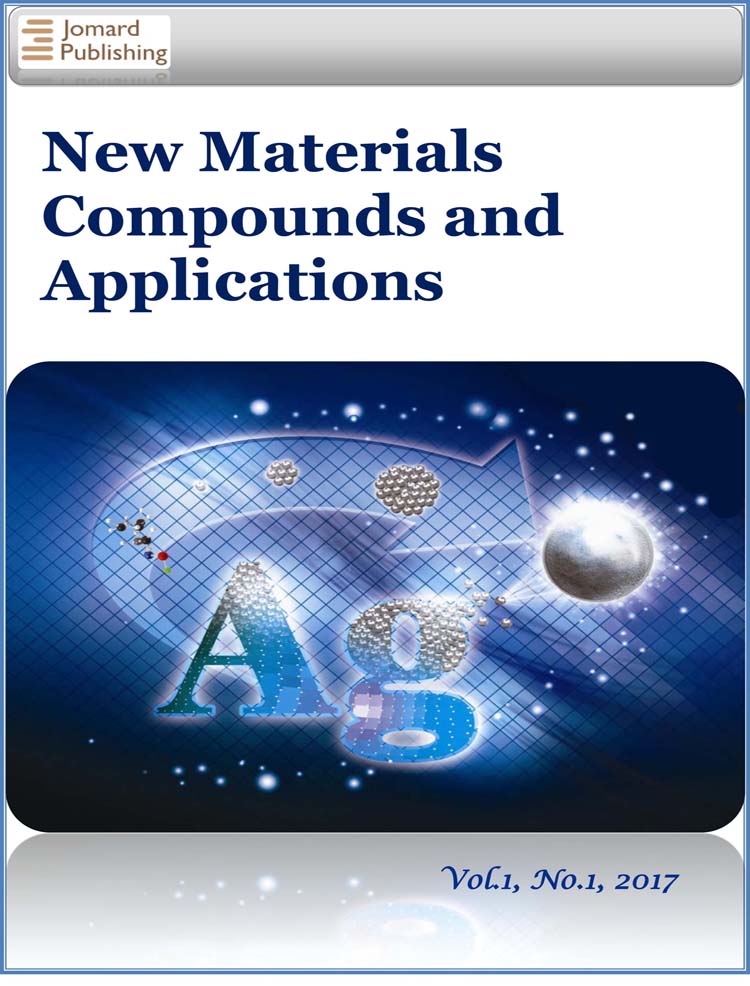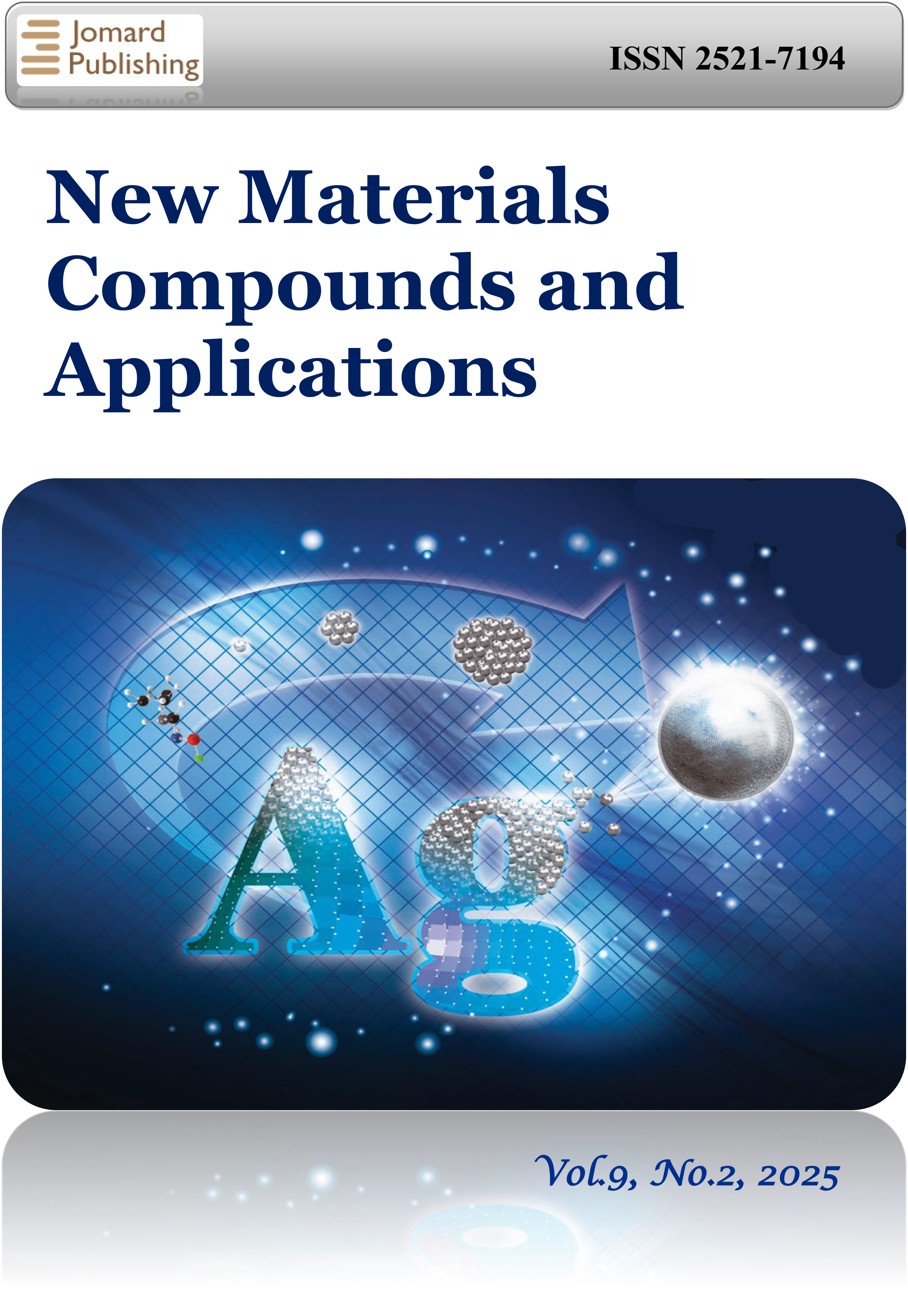0D Titanium Dioxide and 2D Carbon Nitride Heterojunction for Enhanced Tetracycline Degradation
- Published: 04-08-2025
Share
The construction of binary heterostructures is an effective strategy to enhance photocatalytic efficiency. In this study, a type-II TiO2/g-C3N4 heterostructure was synthesized via a solvothermal method, with 0D TiO2 nanoparticles uniformly dispersed on 2D g-C3N4 nanosheets. The optimal TiO2 to g-C3N4 ratio (5:1) achieved superior tetracycline (TC) degradation. Characterization using XRD, FESEM, BET, UV-DRS, and EIS revealed improved light absorption, enhanced charge separation, and strong interfacial interactions. Electrochemical impedance spectroscopy confirmed suppressed charge recombination and prolonged carrier lifetimes. The heterostructure retained 85.47% of its photocatalytic activity after four cycles, demonstrating excellent stability. Mechanistic studies identified holes (h+) and superoxide radicals (•O₂-) as key reactive species, confirming a type-II heterojunction that facilitated charge transfer. The results demonstrated the role of g-C3N4 in modulating TiO2 activity, highlighting the potential of TiO2/g-C3N4 heterostructures as efficient, durable photocatalysts for environmental remediation.
- View 664
- Downloads 136
- Saveds 0
- Citations (Crossref) 0



